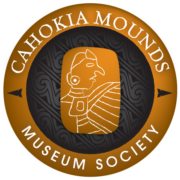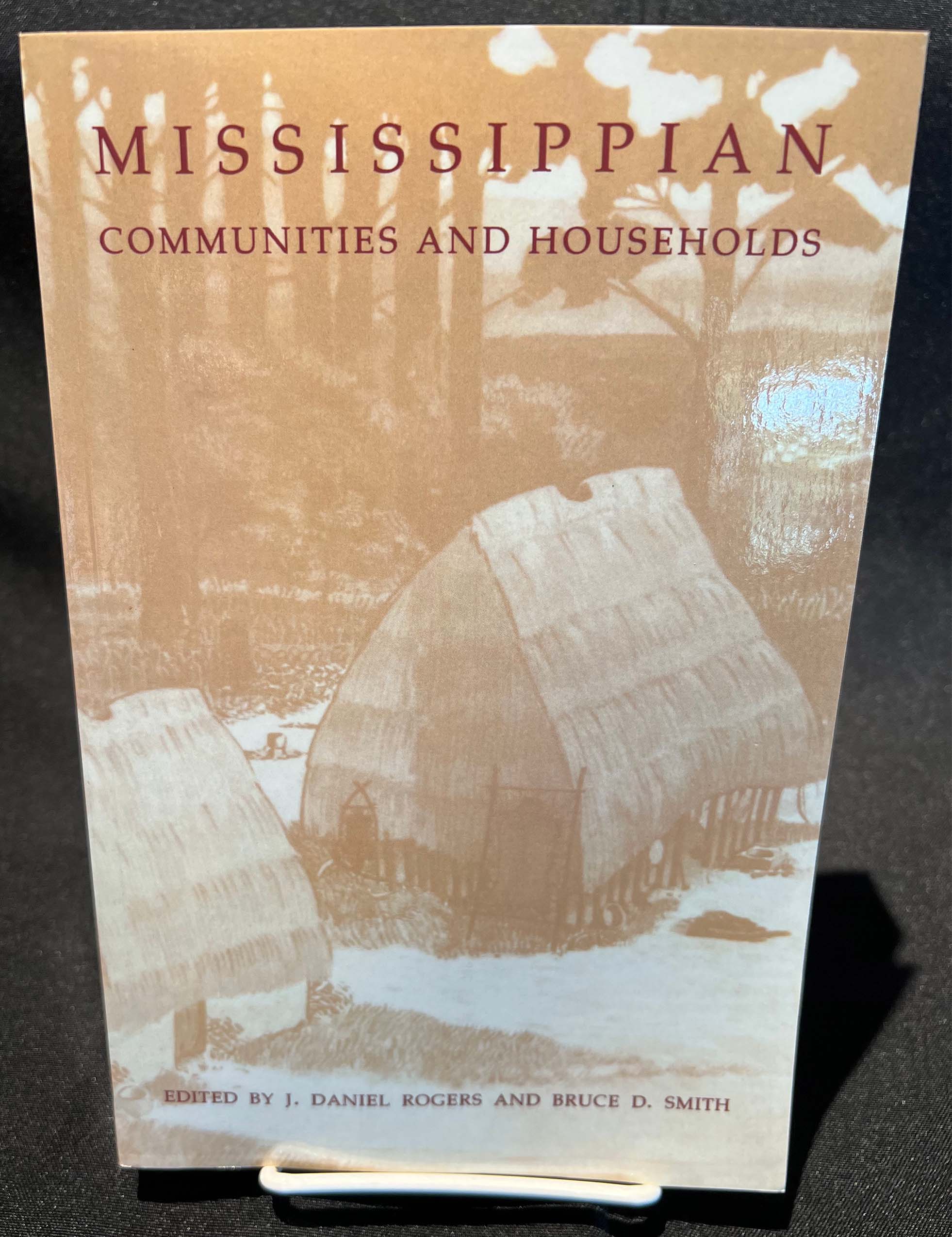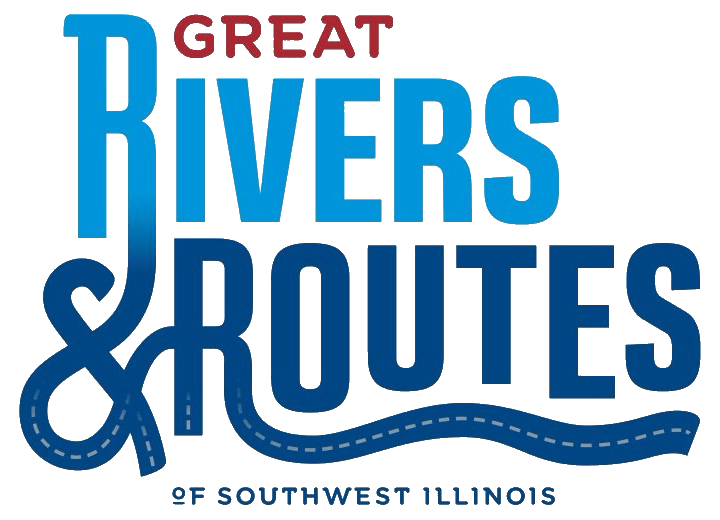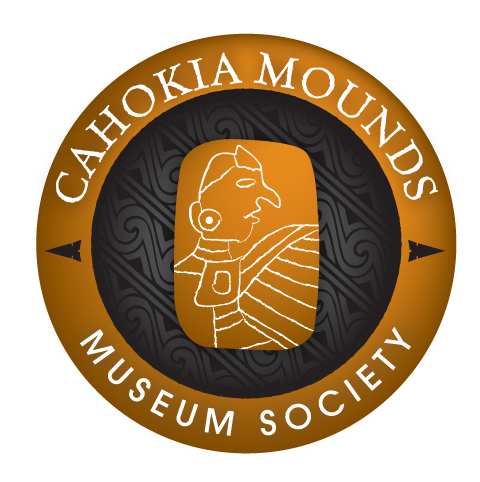Description
Edited by J. Daniel Rogers and Bruce D. Smith
During the Mississippian Period (approximately A.D. 1000-1600) in the Midwestern and Southeastern United States a variety of greater and lesser chiefdoms took shape. Archaeologists have for many years explored the nature of these of these chiefdoms from the perspective common in archaeological investigations – from the top down, investigating ceremonial elite mound structures and predicting the basic domestic unit from that data. Because of the increased number of field investigations at the community level in recent years, this volume is able to move the scale of community level of community and household, and it contributes to major revisions of settlement hierarchy concepts.
“Editors Rogers and Smith take on a theoretical and methodical tour of Mississippian villages and households. The journey from Cahokia in Illinois to Lake Jackson in Florida and from Spiro in Oklahoma to the Oconee watershed in Georgia helps us to understand regional diversity while illuminating major tenets of the Mississippian way of life.” – Jerald T. Milanich, Florida Museum of Natural History.
“Mississippian Communities and Households starts with the microscopic view as it measures similarities and differences in settlement organization on the household level. From these analyses the volume advance to the macroscopic picture of how settlement, subsistence, and political structure are interrelated. Addressing these issues by starting with the small and advancing to the large offers a creative and innovative perspective to understanding the growth and development of complex societies in the Southwest. The various contributions in this collection of essays will certainly serve as models for archaeological investigations outside the Southwest also.”- Ian W. Brown, The University of Alabama
The University of Alabama Press 1995
ISBN 978-0-8173-0768-4







